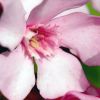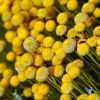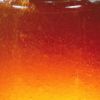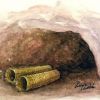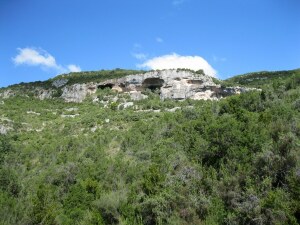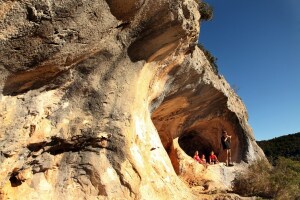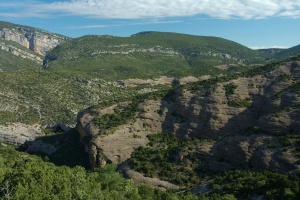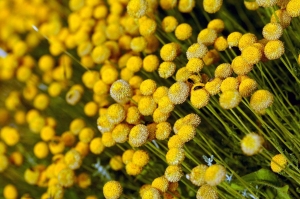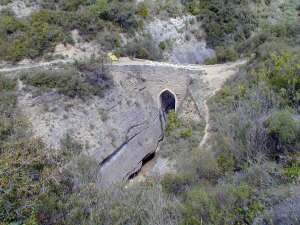The mountain of Asque is covered in vegetation almost all of the year - rosemary, thyme, holm oak and oak – and in the past many families used the area for keeping bee hives. This quality honey was a good supplement to their diet and was widely used in rich almond nougat and desserts.
Arnal is the Aragonese name given to the simple constructions where the bee hives were grouped. These usually had a stone or masonry base and were open on all sides but protected with a roof made from stone flags. They were positioned in sunny spots sheltered from the wind. In some areas people would make the most of shallow caves or openings in the rock cliffs as an alternative location for their hives.
The hives were cylindrical and made from reeds packed together with mud. Once dry they were durable and provided perfect insulation for the bees and their honey. The ends of the cylinders were sealed with a small stone.
Inside the arnal wooden trunks of different heights were used as a base for these cylinders, which would be placed horizontally. This particular type of hive is typical of North Africa but was also widely used across Spain.
In Asque, the Berges family carries the tradition of five generations of beekeepers and continue to harvest golden honey; sweet medicine, healthy energy and smooth pleasure.



